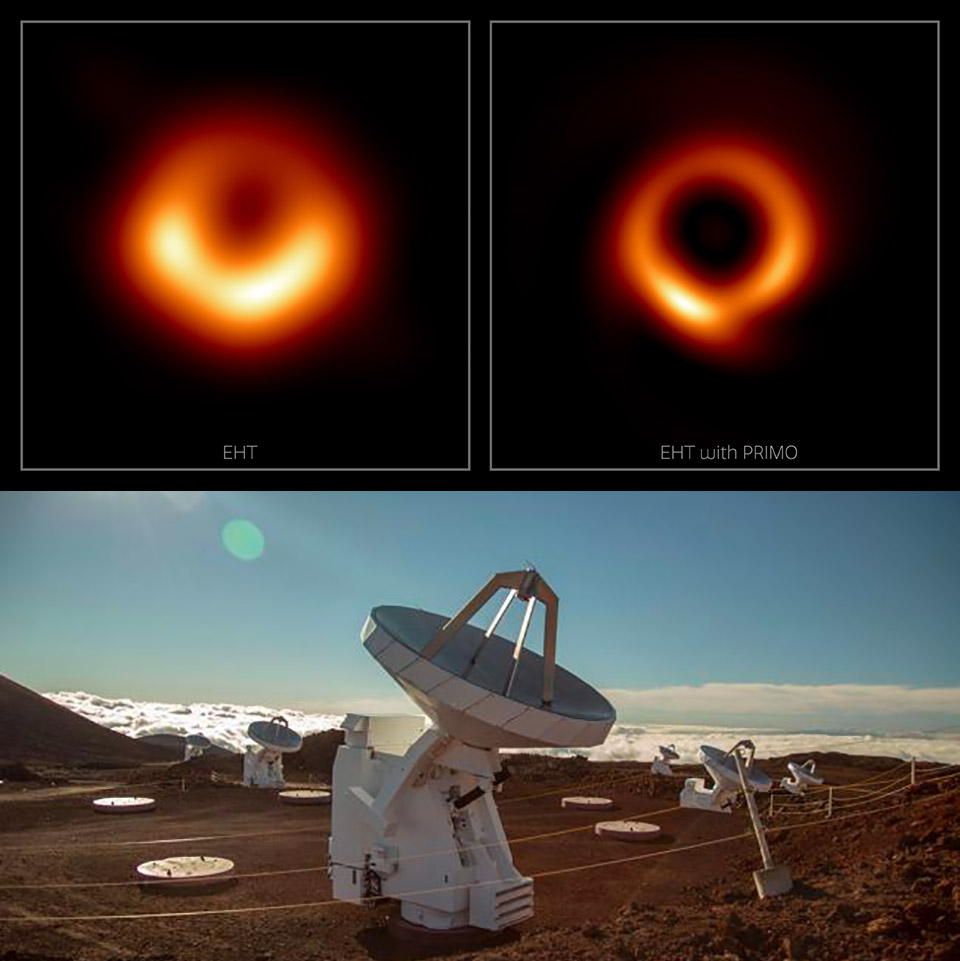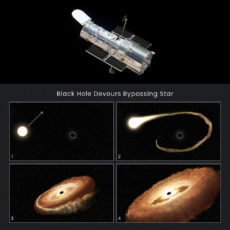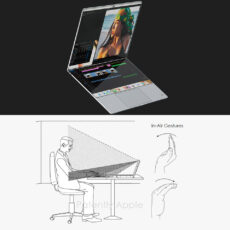
Researchers used a machine learning AI technique, called PRIMO, to enhance the first image ever of a black hole. PRIMO (Principal-Component Interferometric Modeling) uses dictionary learning, which teaches computers certain rules by exposing them to thousands of examples.
Applying PRIMO to EHT’s image of Messier 87 required its computers to analyze over 30,000 high-fidelity simulated images of gas accreting onto a black hole to look for common patterns in the images. These results were then blended together to generate highly accurate representation of the EHT observations, while simultaneously offering a high-fidelity estimate of the missing structure of the image.
- SMARTPHONE-POWERED SKY TOUR: No experience needed! Just dock your phone, launch the StarSense Explorer app, and follow the on-screen arrows to locate...
- PATENTED STARSENSE TECHNOLOGY: Unlike other astronomy apps, StarSense Explorer uses sky recognition technology to turn your phone into a celestial...
- TONIGHT’S BEST TARGETS, INSTANTLY: The app generates a curated list of the top objects to see based on your time and location. See planets, bright...

With our new machine-learning technique, PRIMO, we were able to achieve the maximum resolution of the current array. Since we cannot study black holes up close, the detail in an image plays a critical role in our ability to understand its behavior. The width of the ring in the image is now smaller by about a factor of two, which will be a powerful constraint for our theoretical models and tests of gravity,” said Lia Medeiros, lead author.







